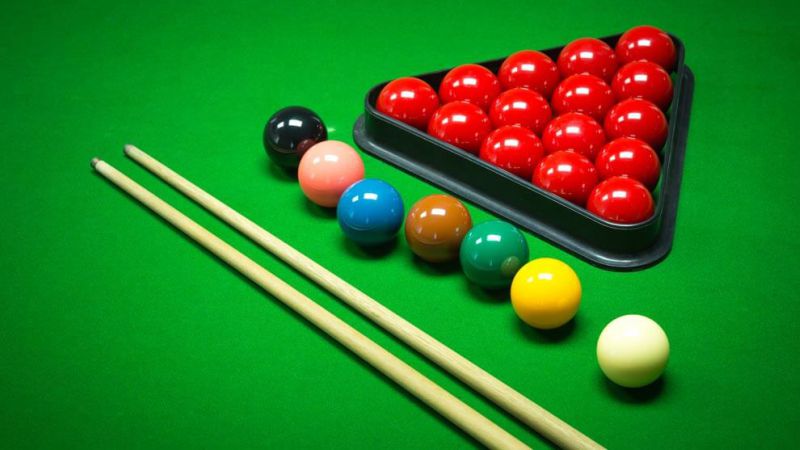
Article by John Matich
Ronny O’Sullivan is the kind of player who effortlessly demonstrates what makes snooker such an exciting sport, and has the ability to draw huge crowds and excited onlookers, and young, ambitious imitators, keen to get into the sport.
If like them, this is something you’re looking to do, then this article will help you get your start in the sport of snooker, by helping you understand everything about its most important element:
The cue.
Mastering the sport starts with mastering the cue, and finding the right one for you early on can be a huge help in gaining you the experience you need.
Let’s dive in.
Cue length
You will typically find snooker cues measuring between 57” and 59” long. Which height you choose depends on a number of factors – chiefly your height, but also the stance you use, your cueing action, and whether you use a straight arm or a bent bridge arm.
A good starting length to choose would likely be a 57” cue. From this, you can learn your playing style, which is comfortable for you, and then apply that to your next cue.
Cue weight
Snooker cues can weigh anything from 17 to 20 ounces, but despite this variety, the weight you choose is largely down to personal choice and playing style. A heavier cue will offer you more power to drive into a shot but will be less accurate. In comparison, a lighter cue is much more accurate but will have a weaker drive.
The more you play snooker the more you’ll get a feel for what works for you, but to start, a middle ground 18 to 19-ounce cue would be a good choice.
Cue joint
Snooker cues come in a variety of different builds. Typically these are:
- One piece
- 1/2 joint
- 3/4 joint
One-pieces are complete cues that you find in most snooker clubs. These are well designed, balanced, and for all intents and purposes perfect for what you’re looking for. However, unless this is your own cue, it will likely be worn down by frequent club use, and due to the size of the one-piece cue, it will be difficult to own and bring your own unless you have your own table.
With this in mind, 1/2 joint or 3/4 joint cues can provide a fitting alternative. These cues disassemble and can be stored in a case for easier transportation. 1/2 joints are the easiest to carry, but 3/4 joints offer a closer alternative to a one-piece cue.
Cue Materials
The majority of snooker cues are made by Ash, Maple wood, or rosewood for the main shaft, with a heavier wood such as ebony for the butt of the cue. The differences between cues will be felt far more in the weight and length than the materials, so which one you choose largely comes down to personal choice depending on which aesthetics you prefer.
Cue Tip sizes
There are marginal differences between cue tip sizes. These range from 9mm to 11mm. As a beginner, these will be far too small for you to notice, so choose any cue with the right weight, length and joint over this factor. The more experienced you become, the more you’ll develop a taste for what cue tip size you want, and you can branch out from there.
Price
You don’t need to break the bank when buying a beginner pool cue, but if you’re going to be playing frequently then you want a cue with a solid, durable build that will last. Look for reviews that attest to this, and consider adjusting your budget where necessary. Also, take into account whether you need to transport the cue and whether a 1/2 or 3/4 joint will be required.
Recommendations
Here are my recommendations for beginners snooker cues.
